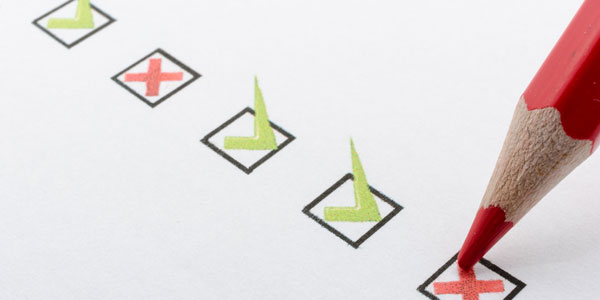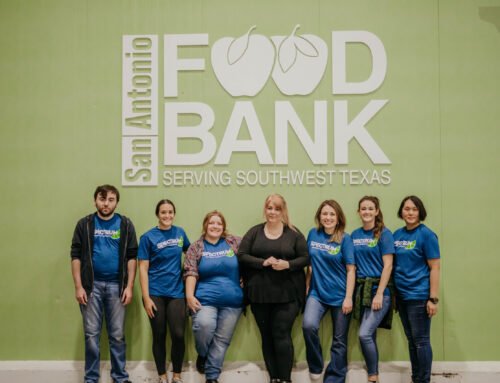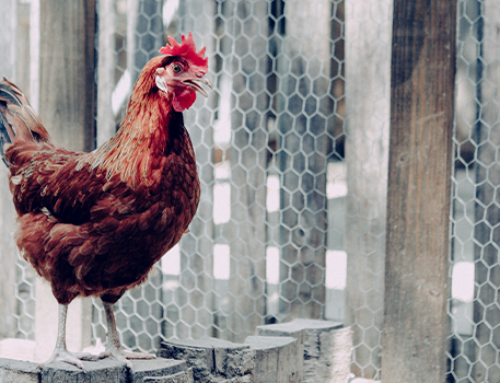Monsoon Season is Coming: Are your retention ponds safe? Proper water drainage is an issue that every HOA needs to address at some point. Whether the drainage system in your neighborhood is working great or could use some improvement, here are some general guidelines to keep in mind for retention ponds to keep homes and residents safe in your area.
-
Think carefully about modifying draining systems
For our readers in Texas, we know you’ve experienced record-breaking rainfall this year and your neighborhood retention ponds have probably already been put to the test. For those in Arizona, the monsoon season is fast approaching and if it’s anything like last year, you may be in for higher-than-average rainfall, too. While it might be tempting to jump to the conclusion that your neighborhood needs an immediately improved drainage and retention pond system after a previous extreme downpour, consider the cost and benefits first.
In the case of recent events, it’s possible that a rainfall and flooding problem like we saw this past year might not happen again for another 30-40 years. The truth is that even advanced draining systems with sump pumps can still fail to remove water adequately in the case of steady and frequent downpours. Before your HOA rushes to fix the problem with tens of thousands spent on an expensive drainage equipment and installation, consider historical trends first. Sometimes it’s more beneficial to keep the system as is, and instead opt for regular drain and grate cleaning, or for longer-term solutions like re-grading or re-digging an area to better control down flow.
-
Resident education about retention pond safety is a must
Whether your neighborhood retention ponds are consistently filled or only see water a few times per year, educating residents about proper precautions to take is always important. In the case of heavy rains, it can be tempting for some residents, especially kids, to want to play in or take a swim in filled retention ponds. Make sure your residents know that this is never a safe idea! Storm water runoff is a breeding ground for bacteria and can be an extreme public health hazard. These retention ponds can include things like trash, pet waster, fertilizer, automotive fluids, and solvents that have been washed off of streets, curbs, and open channels. It’s a recipe for disease (and not to mention extreme diarrhea)!
Consider emailing out an HOA bulletin with safety guidelines for retention ponds, posting temporary, cautionary placards around retention basins when filled, or even roping off the area temporary until water levels recede.
-
Take precautions with permanent retention ponds
In some geographic areas, neighborhoods may have retention basins that are filled year-round. While these can be a scenic addition to the area, they can also be a safety hazard, too. These ponds can be tempting to kids and can be a serious drowning risk. Consider the benefits of installing a fence around the pond to keep smaller residents safe. Of course, it’s always a good idea to make sure residents are informed about the rules and guidelines of retention pond areas.
Also, if you’re not careful, your retention ponds can become home to unwanted creatures like what this Austin neighborhood experienced. Be sure that your HOA has a system set up to keep an eye on the safety of these ponds as well as a contact person on-hand for animal control.
The monsoons will be here before you know it, so don’t want to make sure you have a plan in place to keep your retention ponds in tip top shape and your residents safe this season. For more information on what you can do as a HOA board member to better safeguard your community against heavy storms, contact Spectrum Association Management today!







